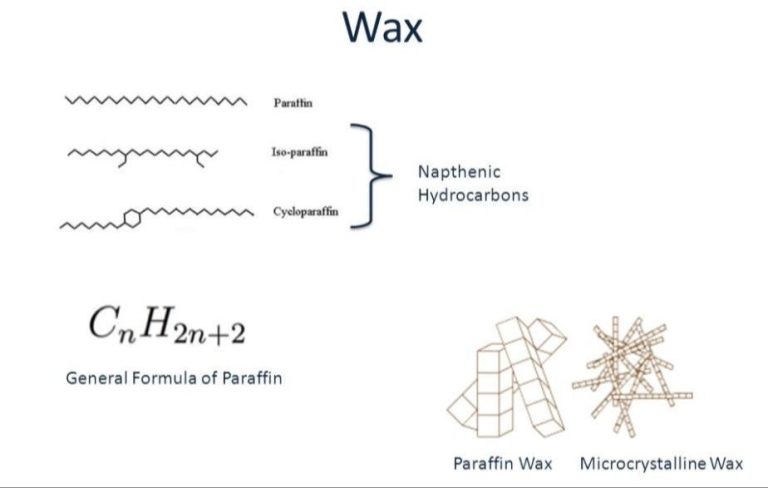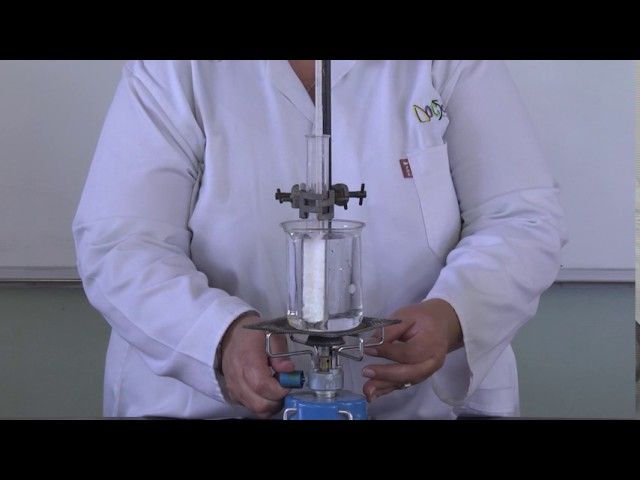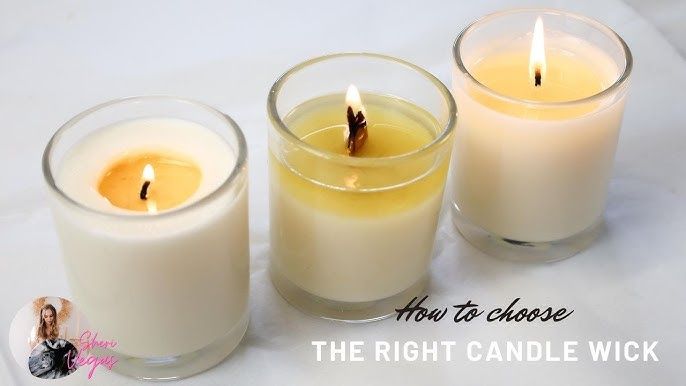What Can You Do With Soy Wax Flakes?
Soy wax flakes are made from hydrogenated soybean oil. They are a popular candle making supply because they are a natural, renewable resource that comes from American grown soybeans. Soy wax flakes have a low melting point which makes them easy to work with. The wax burns slowly, evenly, and cleanly without producing much smoke. Soy wax is also biodegradable and environmentally friendly.
Soy wax flakes can be used to make candles such as container candles, pillars, votives and tealights. They are also used to make wax melts, lip balms, lotions, crayons and even modeling clay. Soy wax can be used in art techniques like batik dyeing and encaustic painting. This versatile material has become a popular choice for DIY crafts and homemade beauty products.
Candle Making
Soy wax is commonly used to make candles because of its many beneficial properties for candle making. Soy wax has a lower melting point (around 120-170°F) compared to paraffin wax (135-145°F), which allows soy wax to be safely used in containers that may distort or melt with paraffin wax. The lower melting point also allows for coloring and scent to be mixed in at lower temperatures (source).
In addition, soy wax has excellent fragrance throw and retention. The natural properties of soy wax allow it to absorb and retain fragrances very well without fading over time. Soy candles typically have a stronger scent throw than paraffin candles (source).
Furthermore, soy wax is easy to use for beginners and professionals alike. It has a smooth creamy texture that allows for easy pouring and mixing. Soy wax also cools at an even pace which prevents cracking, frosting, and separation.
Container Candles
Container candles are a popular candle style since they come prepackaged in a container, making them easy and convenient to use. When making container candles with soy wax, there are some important factors to consider for best results.
The best soy wax types for container candles are 464 and 415. These waxes have a smooth texture and medium melting point that work well for container candles. According to candlescience.com, Golden Brands 464 soy wax flakes are an ideal choice as they produce strong, long-lasting scent throw.
Choosing the right wick size is crucial for even melting and to prevent issues like tunneling. As a general guideline, use a larger wick for a larger diameter container. Lonestarcandleply.com recommends using CD wicks for most soy container candles, starting with CD-6 for small 2-3 inch jars and going up to CD-12 for larger 4-5 inch containers.
When pouring soy wax into containers, bring the wax to a temperature of 135-140°F. Pour slowly and evenly into each container, leaving about 1/4 inch of headspace. Allow candles to cool completely before moving or testing for an even burn. Proper preparation and pouring helps ensure the wax adheres well to the container sides.
Pillar Candles
Soy wax flakes are a popular choice for making pillar candles. Pillar candles are free-standing candles that come in a variety of shapes and sizes. To make pillar candles with soy wax, you will need pillar molds, soy wax flakes, wicks, and fragrance if desired.
Proper mold preparation is key for clean pillar candle removal. Make sure to wash the molds thoroughly and allow to fully dry. Then spray the inside lightly with a mold release spray. This will allow the cured candle to pop out of the mold easily. Load the wick into the bottom of the mold and secure it in place so it remains centered as you pour the wax.
Melt the soy wax flakes to 185-190F to pour pillar candles [1]. This hotter temperature will allow the wax to fully coat the sides of the mold as it cools. Add fragrance if desired when the wax is melted and give it a good stir. Carefully pour the wax into the prepared mold. Allow the candle to cool completely before attempting to remove from the mold. Pillar candles may take 12-24 hours to fully set up and cure.
To remove the pillar candle, gently push up on the bottom until the candle releases from the mold. Some flexibility or warping of the mold is normal during cooling and removal. Trim the wick to 1⁄4” before burning the finished soy wax pillar candle.
Votives & Tealights
Soy wax is a great option for making votive and tealight candles. Compared to paraffin wax, soy wax has some key advantages for these small candle styles:
Pros of soy wax:
- Soy wax is a natural, renewable resource that comes from soybeans.
- It’s biodegradable and considered more environmentally friendly than paraffin wax, which is a petroleum byproduct.
- Soy wax melts at a lower temperature, so votives and tealights release fragrance more effectively.
- The natural scent of soy wax is compatible with essential oils and fragrance oils.
- Soy wax produces less soot as it burns, leading to cleaner candles.
The best wicks to use for soy votives and tealights are eco-friendly paper or cotton wicks. These thin wicks are designed to curl and self-trim as the candle burns. Cotton core wicks work well too. Use wick sizes like CD 4/8 or CD 6/12 for the diameter of most votive jars and tealight cups.
It’s easy to make great quality votives and tealights from soy wax. Just melt, fragrance, and pour the wax into molds. Then insert a pretabbed wick into each candle. Soy wax allows beautiful glassy smooth finishes in votives.
Wax Melts
Wax melts, also known as tarts, are a popular candlemaking project that utilizes soy wax flakes. They are made by pouring wax into molds, typically clamshells or silicone molds, and adding a fragrance oil. Once cooled, the hardened wax can be popped out of the mold and placed in an oil burner to warm and release the scent. Soy wax is commonly used because it holds fragrances well and provides a smooth burn pool when melting.
One of the benefits of using soy wax for melts is its ability to hold high fragrance loads, which is the percentage of fragrance oil added to the wax. Soy wax can hold up to 12% fragrance oil, resulting in strongly scented melts when warmed. The wax should be heated to 185°F and the fragrance added at around 135°F before pouring into molds. Allowing the wax to cool fully before removing from the mold prevents breakage.
Clamshell containers versus silicone molds each have their advantages for making melts. Clamshells allow you to package the finished melt neatly, providing portability and giftability. Silicone molds make it easy to pop the melts out after cooling and create melts in fun shapes. Both methods result in great quality melts when using soy wax flakes.
For more tips on making soy wax melts, check out this guide: https://www.candlescience.com/learning/how-to-make-soy-wax-melts-hexagon/
Lip Balm & Lotions
Soy wax flakes can be used to create soothing and moisturizing lip balms and body lotions. When combined with carrier oils, the soy wax helps thicken the texture and solidify the product into a balm. Some common oils to use include coconut, olive, avocado, jojoba, and vitamin E oils (SoyDelicious.com). Addition of beeswax or other natural butters like shea or cocoa can also help harden the balm.
Since soy wax has a lower melt point than beeswax, around 115 to 130 degrees F, the texture is softer and more emollient on the skin (ScentedDesigns.com). This makes it ideal for balms like lip balm or body balm. The wax should be melted together with the oils over low heat until fully blended. Then essential oils or flavors can be added for fragrance. The balm can be poured into tubes or tins to solidify.
The soy wax locks in moisture and creates a protective barrier on the skin. It also gives the balm a smooth, creamy texture that glides on easily. When making lotions, a higher percentage of carrier oils should be used to maintain a pourable viscosity. Soy wax can help stabilize and thicken the lotion.
Crayons & Modeling Clay
Soy wax flakes can be used to make homemade crayons and modeling clay. The soy wax provides a smooth texture and binds the ingredients together. For crayons, add soy wax flakes to containers or silicone molds and melt over low heat. Once melted, stir in colorants like liquid watercolors, powdered tempera paint, or oil-based artist paints. Let cool completely before removing the crayons from the molds. For modeling clay, combine soy wax flakes with vegetable oil and essential oils for fragrance. Knead the mixture together and shape into any form. Consider adding clay sculpting tools. The modeling clay makes great gifts packaged in tins. Gift modeling clay along with cookie cutters or mold shapers for kids.
According to instructables, some recipes suggest paraffin wax for modeling clay, but this can result in a crumbly texture and toxic fumes. Opt for soy wax instead for smooth, homemade modeling clay.
Batik and Encaustic Art
Soy wax flakes can be used to create beautiful batik and encaustic artwork. Batik involves melting wax and applying it to fabric in various patterns and designs before dyeing the fabric. The wax resists the dye and results in intricate patterns on the finished piece. Encaustic art utilizes heated wax that is applied to a surface with special brushes as a painting medium.
To use soy wax flakes for batik or encaustic art, you will need to melt the flakes first. The wax can be melted in a double boiler, slow cooker, or wax warmer at temperatures between 160-200°F. Once melted, the wax should be kept warm while working. According to Jackson’s Art Blog, many artists keep the wax warmer than 150°F when painting to allow it to flow smoothly and fuse to the painting surface.
For encaustic painting, you will need special brushes made to withstand hot wax. Hog bristle brushes are commonly used as they can hold heat well. The wax is applied to the substrate while warm and melts onto the surface. Many encaustic artists work on wood, canvas, or metal. The finished encaustic painting has a beautiful luminosity from the built up layers of wax.
Batik artists will use brushes, tjanting tools, or other instruments to draw wax designs on fabric before dyeing. The most common fabric used is cotton or silk. Soy wax resists fiber reactive dyes extremely well for bold batik patterns.
Conclusion
In summary, soy wax flakes are a versatile ingredient that can be used for a variety of purposes. The top uses for soy wax flakes include:
- Making candles – Soy wax is an excellent alternative to paraffin wax for candle making. It’s made from a renewable resource, burns cleanly, and holds scent well.
- Beauty products – Soy wax can be used to create lip balms, lotions, and other body products. It’s moisturizing for skin and creates a smooth texture.
- Arts and crafts – Soy wax flakes work well for projects like crayons, modeling clay, batik fabric dyeing, and encaustic painting. The wax holds color pigments and shapes.
- Wax melts – Soy wax melts slowly and evenly, releasing fragrance. Wax melts are a popular candle alternative.
With its versatility, renewable nature, and eco-friendly properties, soy wax flakes are a smart choice for many DIY projects and commercial uses.





